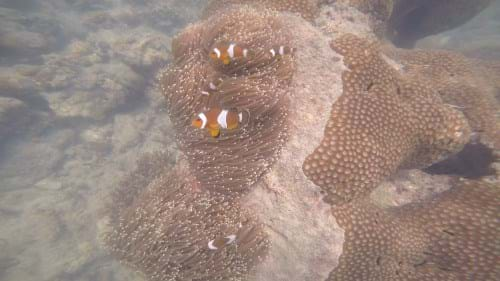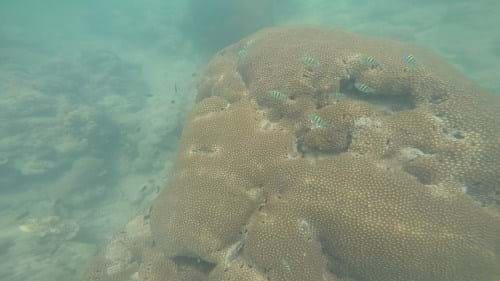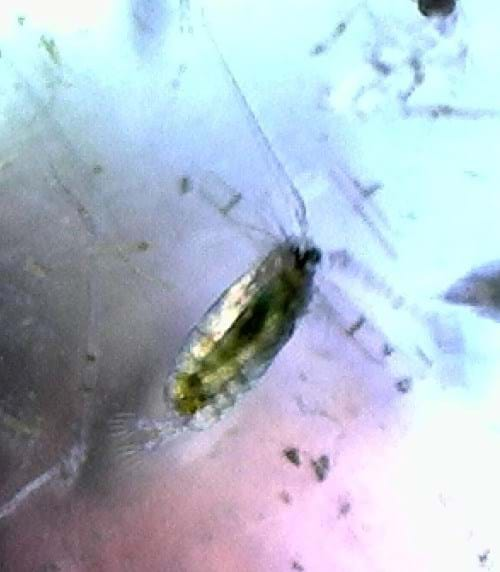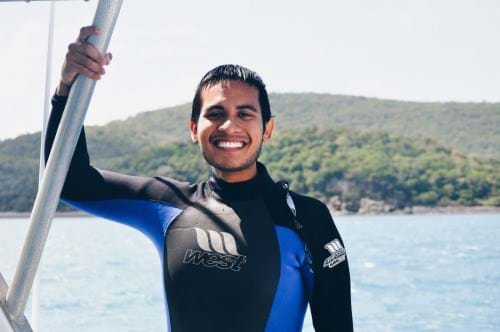Drifters of the ocean
The ocean is the largest biome on Earth. Places like coral reefs are teeming with life, almost like a metropolis when snorkeling above them. We all enjoy looking at marine animals, from beautiful reef fish to gigantic whales. Sightings of wild marine fauna are surely to be memorable ones.

The ocellaris clownfish (Amphiprion ocellaris) is an attraction in the coral reef in front of The Datai.
The existence of larger marine animals are only made possible by the extremely tiny organisms. We may be swimming in a clear, “lifeless” water body, but a closer examination under a microscope will show you just how busy the micro world is.
These microscopic beings are incredibly vital to ocean life; their absence would make life in the ocean impossible! Like the green plants we see in the rainforests, microalgae and some marine bacteria, also known as phytoplankton, carry out photosynthesis to harness the energy from the sun to produce food in the ocean, making them the foundation of the food web of the ocean. Also producing oxygen as a “waste” from photosynthesis, phytoplankton is responsible for about 50% of the oxygen found in the atmosphere.

How are larger reef fish like the sergeant major fish (Abudefduf saxatilis) seen swimming above coral in this picture going to survive if it is unable to consume the very much smaller phytoplankton?
But how are the big beautiful fish going to feed on something barely half a millimeter in length? The phytoplankton’s slightly larger predators, the zooplankton, act as the bridge between the micro world and macro world, which we are more familiar with. In the open ocean, zooplankton also connects the sunlit layers to the dark world of the deep ocean by the Earth’s greatest migration event - the diel vertical migration. The zooplankton hide from predators in the cover of darkness in deep waters during the day, and travel about 200m upwards to “graze” on phytoplankton. Before the sun rises, the zooplankton make their way back down to the dark waters, delivering energy and nutrients to the deep sea creatures.

This copepod is an example of a zooplankton. It is a tiny crustacean and consumes microalgae.
Even the remains of marine microorganisms are important. Other than decomposing to be fossil fuels, dead plankton can also form beautiful landscapes. The limestone formations seen around Langkawi is partly formed by the remains of ancient marine microorganisms with calcium carbonate exoskeleton that sunk to the bottom of the ocean millions and millions of years ago.
It is truly amazing how these small and easily ignored beings can have a grand impact on nature.
The video shows larger zooplankton like copepods and an arrow worm busily swimming about, while smaller microalgae in the shape of a flat cylinder and rectangles connected together forming a chain floating in the background.
So, the next time you go swimming in the Datai bay, remember that you are never truly swimming alone, even in the clearest of waters. ☺
